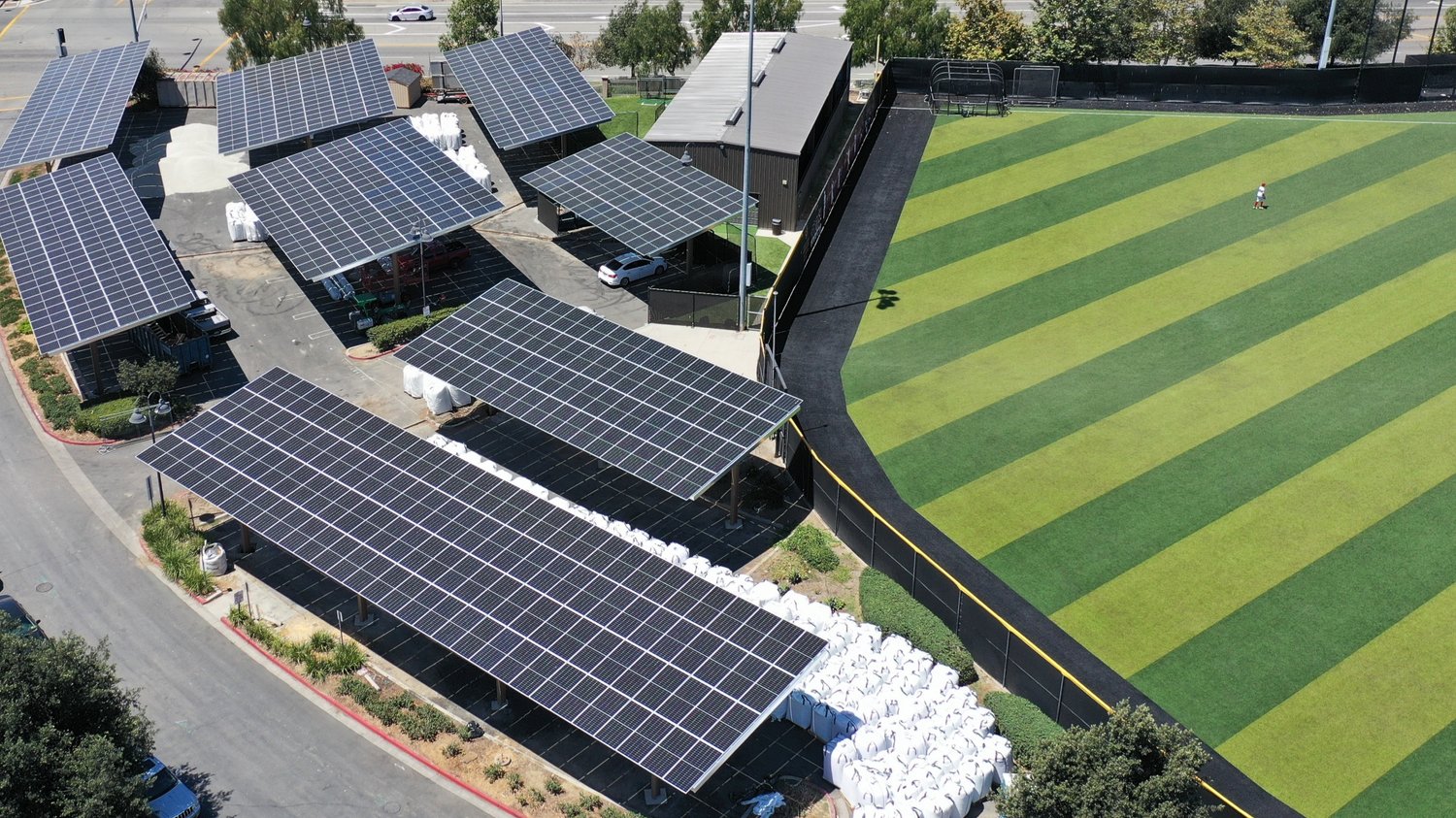ImpactAlpha, November 18 – The issue of loss and damages was a sticking point as negotiators hammered out a final agreement at the COP27 climate summit in Egypt, despite some initial commitments from wealthy countries to help compensate poorer, climate-vulnerable countries. What is gathering steam: pay-for-nature schemes, wherein governments, donors and private investors pay to protect and restore natural resources and biodiversity.
Incoming Brazilian president Luiz Inácio Lula da Silva has promised to halt wide scale destruction of the Amazon rainforest, in part by subsidizing credit to farmers that adopt sustainable practices and even paying them to preserve forestland. Agricultural expansion is the primary culprit in Brazil’s growing forest losses in recent years. More than 27 million acres of forestland were lost worldwide last year—losses that pumped 2.5 gigatons of carbon into the atmosphere. Amazon forest losses decreased sharply under Lula’s previous tenure as president of Brazil.
Also, Gabon, home to a large swath of the carbon-crucial Congo Basin, is turning to the voluntary carbon markets to finance forest conservation.
Public experiments
This week, Germany committed €15 million to the U.N.’s International Fund for Agricultural Development to pilot pay-for-nature projects with farmers and rural communities in Brazil, Lesotho and Ethiopia.
The government of Canada last year allotted $340 million to support Indigenous communities in protecting the country’s boreal forests – the largest intact forest ecosystem in the world.
The Seychelles, Belize, Barbados and other counties are cutting deals to trim their debt burdens and free up funds to conserve natural resources. Next up could be Ecuador, which is discussing an $800 million debt-for-nature swap.
Private-led models
U.K.-based Amazonia Impact Ventures has issued $5 million in impact-linked loans to rural businesses and cooperatives in Peru and Ecuador to protect forestland. Mexico’s Ejido Verde pays indigenous communities to plant trees for land restoration and sustainable agroforestry.
Success stories
Paying for nature can work—just ask Costa Rica. The Central American country’s Payment for Environmental Services program has been paying farmers and landowners to conserve forestland and sequester carbon since the late 1990s. The program has helped Costa Rica increase its forest cover to more than 50% of its total landmass, up from just 25% in the mid-1990s.
Nepal has similarly improved its tree cover through a policy that puts local communities in charge of forest protection.











